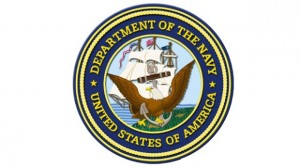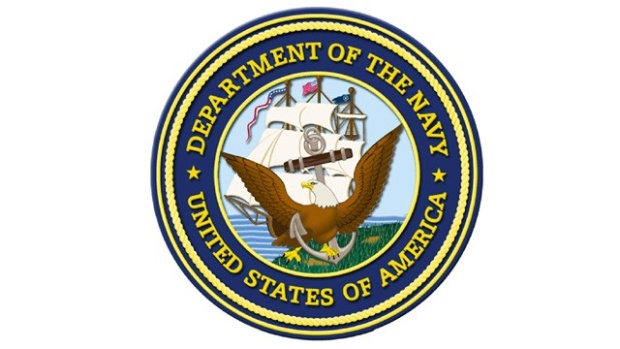By The New York Times

WASHINGTON � The United States Navy is rushing more of the newest unmanned mine-clearing technology to the Persian Gulf while creating two new sets of crews to operate minesweepers in the region, Navy officials said Wednesday. The effort is intended to balance a renewed American emphasis on the Asia-Pacific region while sustaining a military presence in the Middle East to deter�Iran.
The Navy says it has come up with plans to increase its deployments of the latest generation of robotic equipment that can detect and remotely detonate mines as a way to help guarantee a continued � and credible � countermine ability in waters off Iran into next year and beyond, when the number of minesweeping ships on patrol may be reduced.
Two new crews will join the 10 that now rotate duty on the eight minesweepers in the Persian Gulf region. Those additional crews entering the deployment cycle should help relieve the stress on the sailors and their families, while sustaining a high tempo of mine-clearing missions, Navy officers said.
Four of the minesweepers now on patrol in the Middle East are permanently based in Bahrain, home of the�Fifth Fleet.
But four others, sent to the region during the summer as tensions with Iran escalated, may be ordered back to their home port in San Diego next year if the situation in the region allows. The Navy wants those vessels back in the Pacific Ocean to meet requirements of�President Obama�s rebalancing of a military and diplomatic focus on Asia.
Defense Secretary�Leon E. Panetta�has declared that any action by Iran to block free transit of oil and other commerce in the Persian Gulf and the Arabian Sea would be a �red line,� meaning an unacceptable action that would be countered with an American response.
But Pentagon and Navy officials are well aware that Washington�s ability to affect Iran�s behavior is based in part on Tehran�s assessments of American military ability. Defense Department officials are concerned that the Iranian leadership may view American military might as strictly a numbers game, counting only the warships on patrol.
To counter that potential perception, Navy officers have highlighted the effectiveness of the expanded presence of new robotic mine countermeasures being deployed by helicopters and aboard ships.
�We are getting precise tools that effectively, surgically, counter these mines, that map potential mine danger areas and then put our forces on them to kill them,� said�Rear Adm. Frank A. Morneau, the Navy�s deputy director for expeditionary warfare.
�We hope to have capabilities even better than eight ships in the gulf,� he added. �We can really reduce the anti-access, area-denial capability of the mine. We are making it impotent.�
Pentagon officials � in views affirmed by academic national security analysts � say that while Iran might be able to close the�Strait of Hormuz�with mines, the effort would not be effective at halting traffic for more than a few days, given American and allied abilities.
In September, the United States and 29 other nations conducted the largest minesweeping exercise ever in the Persian Gulf region, a two-week drill that was also intended as a signal to Iran that the American military is not the only one working to ensure the flow of oil supplies.
In addition to the current technologies aboard mine-clearing ships and sonar sleds hauled through the water below MH-53 helicopters, the Navy is increasing the number of unmanned, remotely piloted systems deployed in the region.
Among them are the MK 18 underwater vehicle, which is a remotely piloted, torpedo-shaped vessel that searches for and identifies mines. Another new technology to be increased in the Persian Gulf is the SeaFox mine neutralization system, a relatively inexpensive and expendable underwater drone that can approach a mine and detonate.
The Iran Project is not responsible for the content of quoted articles.











